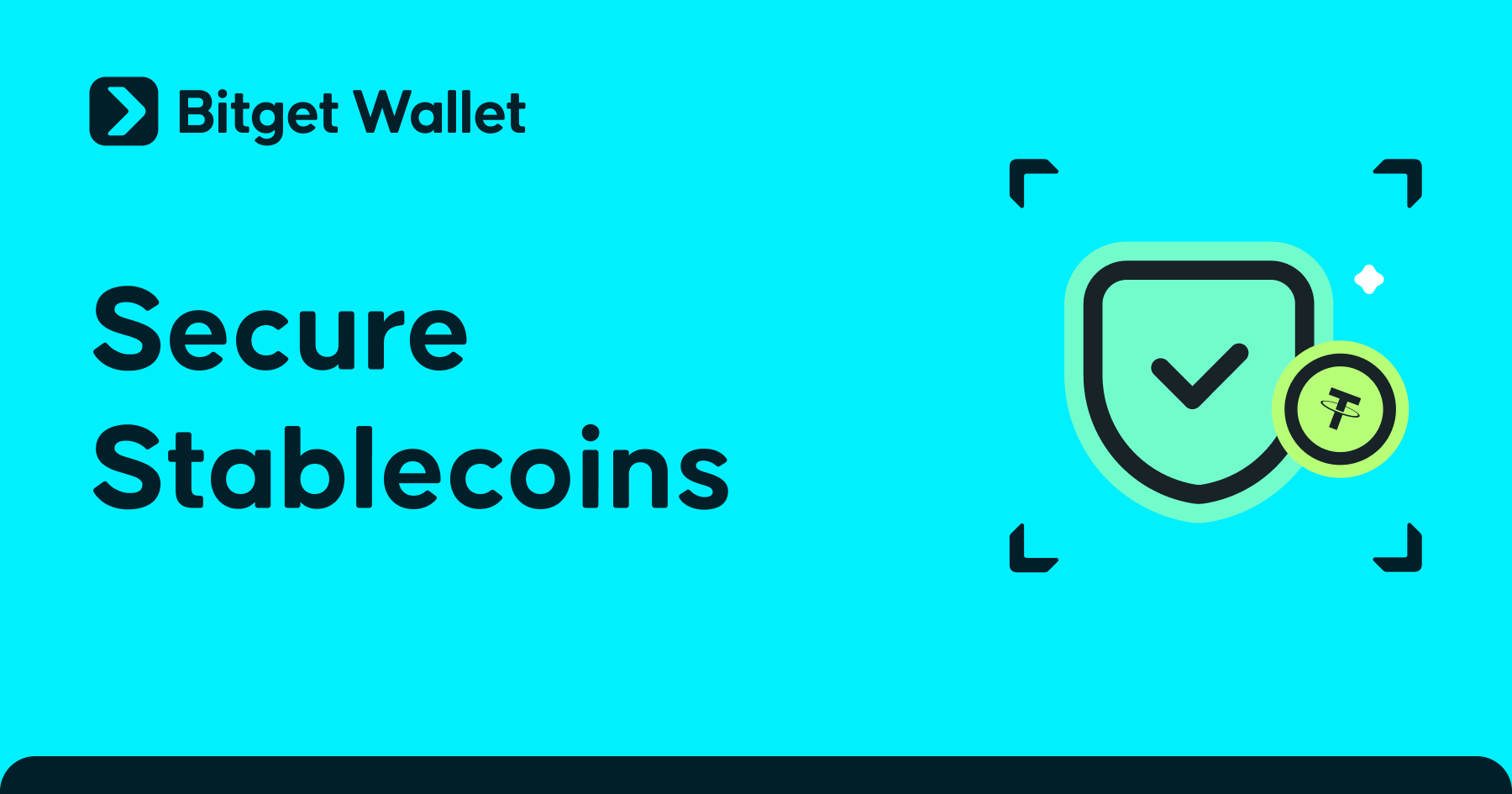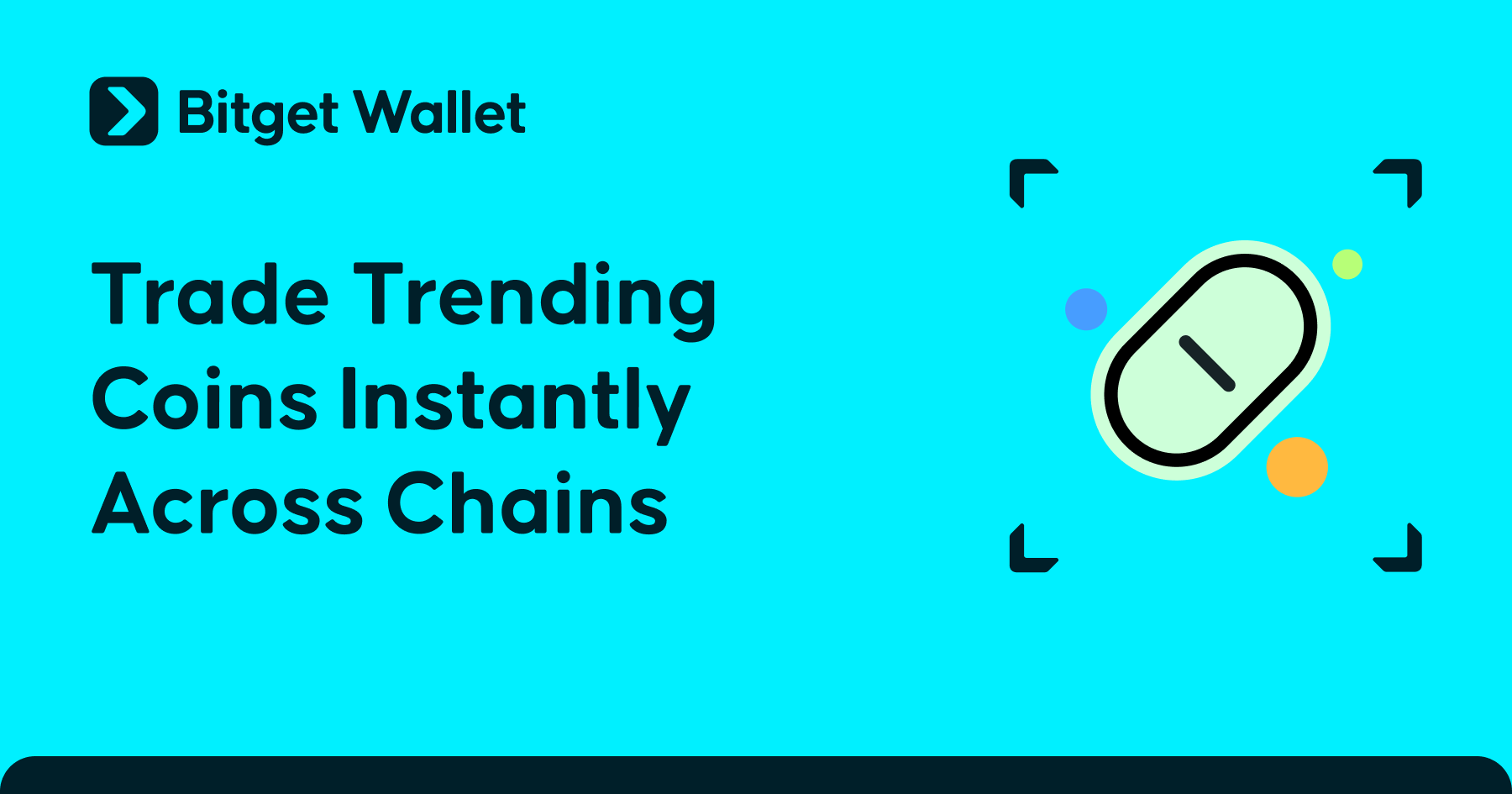Tokens vs Coins: Differences and Applications in Web3

In the ever-changing world of cryptocurrency, it is more important than ever to clearly distinguish between concepts such as tokens and coins. Although both are digital assets stored on the blockchain, there are fundamental differences in their functions, operational mechanisms, and applications in the real world. In this article, we will delve deeper into the definitions, characteristics, and applications of tokens and coins, to help you better understand their roles in the cryptocurrency ecosystem.
Overview of Coins
Coin is a valuable digital unit that operates on its own blockchain. This means that they are independent and do not rely on other blockchains, while also implying that they cannot be used in their original form on other blockchains. One of the most typical coins is Bitcoin (BTC), which was first launched in 2009 by an anonymous individual (or group) known as Satoshi Nakamoto. Ethereum (ETH) is another example of an independent blockchain network used for trading and deploying smart contracts.
Coins are used for various purposes, including as a means of value exchange, a store of value, and a unit of account for transactions. The special thing about the coin is that it is produced through the mining process. In this process, computers verify transactions and generate new coins by solving complex mathematical problems. This process not only ensures the security and confidentiality of the network but also guarantees that the system is decentralized and not under the control of a central authority.
In addition, coins have the following significant characteristics:
-
Decentralized: The Coin is not controlled by any central authority or intermediary. These are managed according to the rules of the agreement and the consensus of the community, providing users with greater freedom and personal privacy in transactions and asset management.
-
Security: The coin is protected through encryption and decryption technologies, capable of resisting attacks, censorship, and fraud. Users can trust that their assets are safe and accurate without relying on third parties.
-
Scarcity: Most coins with limited supply are determined by algorithms, resulting in a deflationary effect, which increases their value over time. For example, the total supply of Bitcoin is 21 million, and Ethereum is also gradually transitioning to a deflationary currency. However, not all currencies are scarce. For example, Dogecoin has no supply limit.
Overview of Tokens
Tokens are units of value issued based on existing blockchains, fully relying on those blockchains for their operation. Unlike coins, tokens do not have their own independent blockchain; instead, they exist on blockchains like Ethereum or Solana and use technical standards such as ERC-20, ERC-721 (for non-fungible tokens), or BEP-20.
Tokens can represent various types of assets or rights. For example, tokens can be digital assets like Tether (USDT), a stablecoin pegged to the US dollar, or they can serve as access rights for services on platforms like Bitget Wallet Token (BWB). BWB is used to pay transaction fees in the Bitget wallet. In addition, tokens can represent governance, allowing holders to participate in decisions related to the development and operation of blockchain projects or Decentralized Applications (dApp).
Tokens are usually generated through smart contracts. Unlike coins, tokens are usually generated and distributed through smart contracts and then circulated, rather than through the general mining process (pre-mined). This helps developers flexibly adjust the quantity and distribution of tokens.
Tokens are used for various purposes.
-
Utility Tokens: These tokens provide access to services or functions within a specific blockchain or decentralized application (dApp). For example, Uniswap (UNI) provides access to the decentralized exchange Uniswap.
-
Governance tokens: These tokens enable holders to participate in the management and decision-making of a blockchain or decentralized application, including voting on proposals for upgrades or changes. For example, Maker (MKR) and Compound (COMP) both allow holders to participate in system governance.
-
Security Tokens: These tokens represent ownership or rights to actual assets or revenue streams. They usually need to comply with regulations related to securities. For example, Polymath (POLY) is one of the platforms that can generate secure tokens.
-
Non-fungible tokens (NFTs): An NFT is a non-fungible token, with each token being unique and representing irreplaceable digital items such as art, collectibles, or in-game virtual assets. For example, CryptoPunks and Bored Apes are famous NFT collectibles.
Due to their diversity and high degree of customization, tokens have become an indispensable part of the blockchain ecosystem, providing not only financial value but also playing a role in access, interaction, and the governance of decentralized applications.
Related content: How to Trade Tokens on Bitget Swap
Advantages and Disadvantages of Tokens and Coins
To gain a better understanding of these two cryptocurrencies, let's explore their advantages and disadvantages in the table below.
| Criteria |
Coins |
Tokens |
| Advantages |
High reliability |
High versatility in applications |
| Strong security |
Easier to create and develop |
|
| Long-term value storage |
Participation in governance and dApp services |
|
| Cross-chain compatibility |
||
| Disadvantages |
Requires significant resources for development and maintenance |
Dependent on the underlying blockchain |
| Less flexible compared to tokens |
Affected by issues on the underlying blockchain |
|
| Must comply with complex regulatory requirements (especially for security tokens) |
Through the above comparison table of advantages and disadvantages, we can conclude that if stability, safety, and long-term value storage are prioritized, then Coin is the ideal choice. Due to its high security and reliability, Coin provides a solid foundation for the storage and trading of assets. Coins that possess large-scale resource management capabilities to withstand security risks and conduct network maintenance are suitable for those who seek stability in their investments or daily transactions.
On the contrary, if you need more flexibility when participating in new projects, or if you want to use blockchain-based services or invest in decentralized financial products, then tokens may be a more suitable choice. Tokens have garnered significant attention due to their compatibility with various applications and multiple blockchains. Although they rely on the underlying blockchain and may face difficulties when issues arise on that platform, the flexibility offered by tokens and the possibility of participating in governance can better meet your specific needs.
Coins and Tokens Define the Evolution of Blockchain
The difference between tokens and coins lies not only in their operation methods and functions but also in the important roles they play within the cryptocurrency ecosystem. Coins are typically used as a means of payment and a store of value, offering high stability and security. On the contrary, tokens have opened up a diverse world of applications ranging from utilities and securities to decentralized project governance, enriching your experiences and investment opportunities.
To maximize benefits, consider using the Bitget Wallet to make the most of all your coins and tokens. This is an excellent example of a comprehensive cryptocurrency wallet. With the Bitget Wallet, you can easily manage and trade digital assets, thanks to its advanced security features and user-friendly interface. Experience the power of the Bitget Wallet. Optimize asset management to seize opportunities in the ever-evolving cryptocurrency market.
- What Is Crypto Fear and Greed Index: How Traders Read Fear vs Greed Signals2025-11-19 | 5 mins
- How to Pay with Crypto: Fast, Safe, and Beginner-Friendly Method2025-11-18 | 5 mins
- How to Convert Your Crypto to Cash: 5 Easy Ways for Beginners2025-11-18 | 5 mins

















